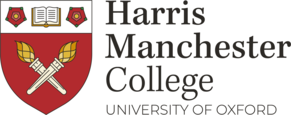Harris Manchester College, the Brahmo Samaj and the Tagore connection
Harris Manchester College, the Brahmo Samaj and the Tagore connection
Our collection boasts some fabulous hidden gems, including several early nineteenth-century works by Raja Ram Mohan Roy, often called the ‘Father of modern India’. Alongside these, we have books related to the Brahmo Samaj, a social and religious reform society. Although the names of Raja Ram Mohan Roy and the Brahmo Samaj may be unfamiliar to many, their story is significant and influenced the development of modern India. But why are these books held here, and what are the longstanding connections between Raja Ram Mohan Roy, the Brahmo Samaj, Unitarians, and Harris Manchester College?
Raja Ram Mohan Roy and the Brahmo Samaj
The Brahmo Sabha, forerunners of the Brahmo Samaj, was founded in 1828 in Calcutta by Raja Ram Mohan Roy and others, including Dwarkanath Tagore. The society played a key role as a religious and social reform movement, significantly influencing the Bengal Renaissance and contributing to the formation of modern India.
Born in Bengal in 1772, Ram Mohan Roy was intellectually gifted and deeply interested in religious texts and traditions. He was particularly drawn to the Vedic scriptures, especially the Upanishads, and through his writings and speeches, he advocated for universal monotheism, promoting the concept of the One Supreme God. He rejected the superstitions and caste system prevalent in Hinduism at the time. Equally importantly, the Brahmo Samaj's religious interests were strongly connected to a commitment to social and educational reforms, including campaigns for the abolition of sati, improvement of women's rights, and freedom of the press.
The Brahmo Samaj, the Tagore Family, and the Carpenters
Ram Mohan Roy’s reforming ideas found sympathy among British and American Unitarians. His rational approach to religion and belief in a universal God was deeply sympathetic to Unitarian beliefs. He was feted when he visited Britain in 1831 and he met an extraordinary array of politicians, intellectuals, and religious leaders, including many Unitarians. Some feel that his positive reception in the UK helped him gain international credibility for his reform and religious efforts, increasing the influence of the Brahmo Samaj in India. He visited his friend Dr. Lant Carpenter in Bristol in 1833. His visit had a profoundly influence on Mary Carpenter who later advocated for social reform in both England and India. Raja Ram Mohan Roy died while visiting the Carpenters and is interred in the city.
The networks between members of the Brahmo Samaj and Unitarians continued after Raja Ram Mohan Roy’s death. The Tagore family remained intimately involved in the movement, with Debendranath Tagore (Rabindranath Tagore’s father) further developing the society during the mid-19th century. The Brahmo Samaj’s focus on the universality of God chimed with Unitarians, including Mary Carpenter and her nephew Joseph Estlin Carpenter (who taught at Manchester College and was to later become its Principal).
Mary Carpenter was a prominent social reformer and daughter of Dr. Lant Carpenter. She visited India in the 1870s, during which time she met with the Tagore family, including Satyendranath Tagore, Rabindranath Tagore’s elder brother.
Mary Carpenter was Joseph Estlin Carpenter’s aunt, and it is likely that her interest in Indian religion and culture influenced his later research and involvement in Comparative Religion and interest in commonalities between different religious faiths. J.E. Carpenter became the Principal of Manchester College, Oxford (1906-15), and during this time a number of Brahmo Samaj students attended the College to study. He was also Principal when Rabindranath Tagore first visited the College to talk in 1913. Tagore came back to the College in 1930 to deliver his Hibbert Lectures on the Religion of Man, and it is this visit that is recorded in various photographs on display in the Library and around College.
The ongoing engagement of the college with the Brahmo Samaj and other liberal religions highlights its openness in welcoming individuals from different cultures to Oxford, allowing them to share their perspectives directly with audiences. The college's connections with India and Indian cultures extend beyond the Brahmo Samaj, Unitarians from the Khasi Hills also studied here, and Professor Radhakrishnan was the Upton Lecturer during the 1920s. Nonetheless, the longstanding links between the Unitarians and the Brahmo Samaj remain particularly significant.
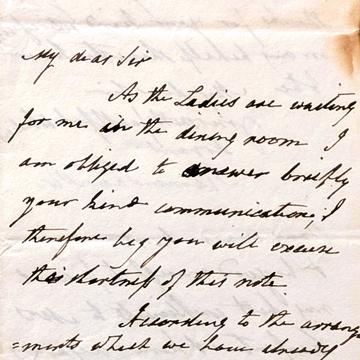
Letter from Ram Mohan Roy to Lant Carpenter from HMC archive.
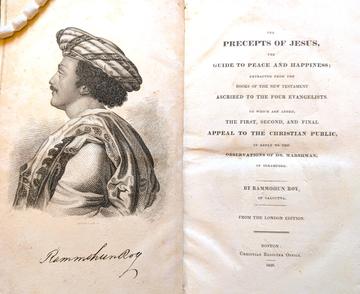
The title page of Ram Mohan Roy's Precepts of Jesus published in 1828. The profile is an etching of Ram Mohan Roy.
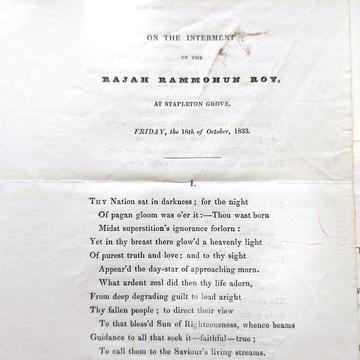
One of the documents relating to Raja Ram Mohan Roy's funeral held in the archive. He died in Bristol while visiting Dr Lant Carpenter (Joseph Estlin Carpenter's grandfather).
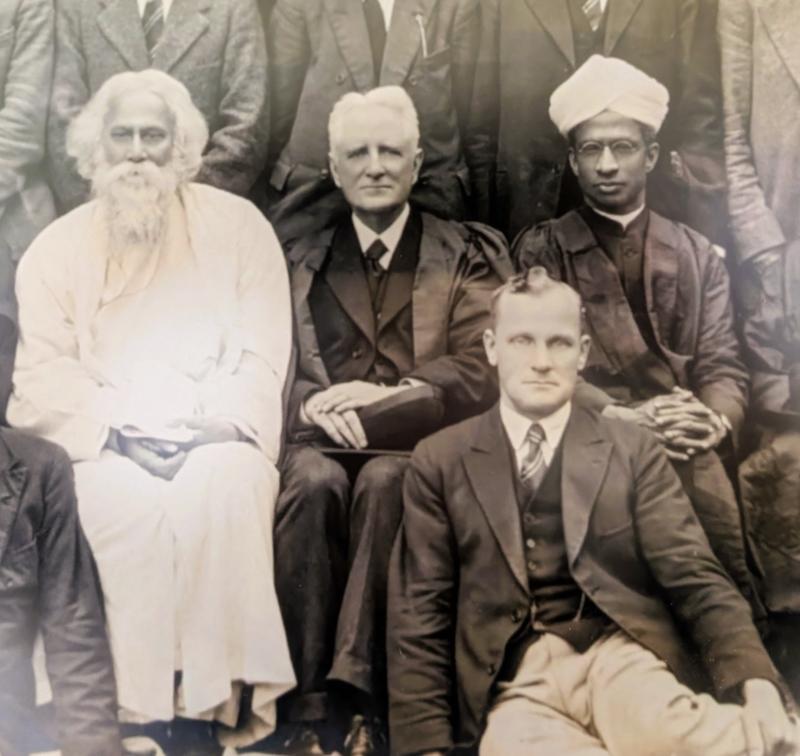
A detail of a picture taken during Rabindranath Tagore's 1930 visit. Tagore can be seen on the left, with Dr L.P. Jacks (the Principal) in the centre. Next to Jacks sits Professor Radhakrishnan who was the Upton Lecturer in the College.
